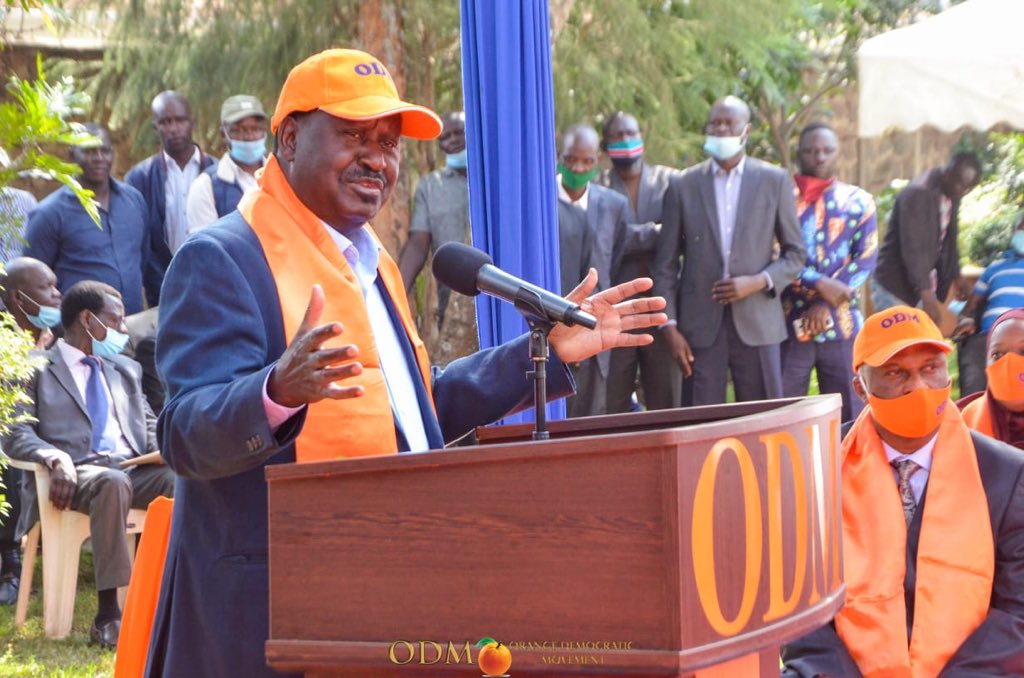
Raila Odinga ‘s Orange Democratic Movement (ODM) is not treating its 20th anniversary as a mere commemoration, but also to reclaim contested ground.
For party leader Raila Odinga, the milestone has become an opportunity to measure loyalty—sending a signal that ODM intends to remain a central player in the run-up to 2027.
The party’s first major tests will be in Wajir and Kisii. Wajir, a long-standing ODM bastion, offers Raila a stage to reassure supporters and project stability in northern Kenya. Kisii, however, carries more political tension. With former Interior Cabinet Secretary Fred Matiang’i gradually re-entering the political scene, ODM must reinforce its grip in a region that has historically stood with Raila but now faces competing influences.
The embattled party Secretary General Edwin Sifuna, speaking after a National Executive Committee meeting chaired by Gladys Wanga, framed the rallies as both symbolic and strategic. “These are not just anniversary activities,” he said. “They are part of ODM’s groundwork for the future.”
Setting the Stage in Mombasa
The regional engagements build momentum toward a larger three-day convention in Mombasa from October 10–12. The coastal city, which also hosted ODM’s 10th anniversary, has been chosen deliberately. Mombasa remains one of the party’s safest zones, and ODM insiders describe the event as a ‘reset moment’—an attempt to bind its history with its future.
The program departs from traditional political rallies. Football tournaments, youth summits, and forums for women and people with disabilities have been included to broaden the party’s reach. An interfaith prayer session will cap the celebrations, a symbolic nod to inclusivity at a time when the party is seeking to reconnect with diverse constituencies.
National figures including President William Ruto, Prime CS Musalia Mudavadi, and Wiper leader Kalonzo Musyoka have been invited, highlighting the broader political significance of the event.
A Political Stress Test
Behind the celebrations lies a harder political calculation. ODM is using its anniversary to rally its base and reassert its identity at a time when political alignments are fluid. With new players emerging and alliances shifting, the rallies double up as a test of Raila’s continued sway and ODM’s organizational muscle.
Analysts note that the twin objectives are clear: celebrate the party’s two-decade survival while signaling readiness for the battles of the next election cycle. Raila is expected to leverage the platforms to outline ODM’s vision and to remind both allies and rivals that the Orange movement remains a formidable force.
For ODM, the anniversary is not about nostalgia; it is about positioning—staking its ground now to ensure relevance when the 2027 campaigns begin in earnest.



